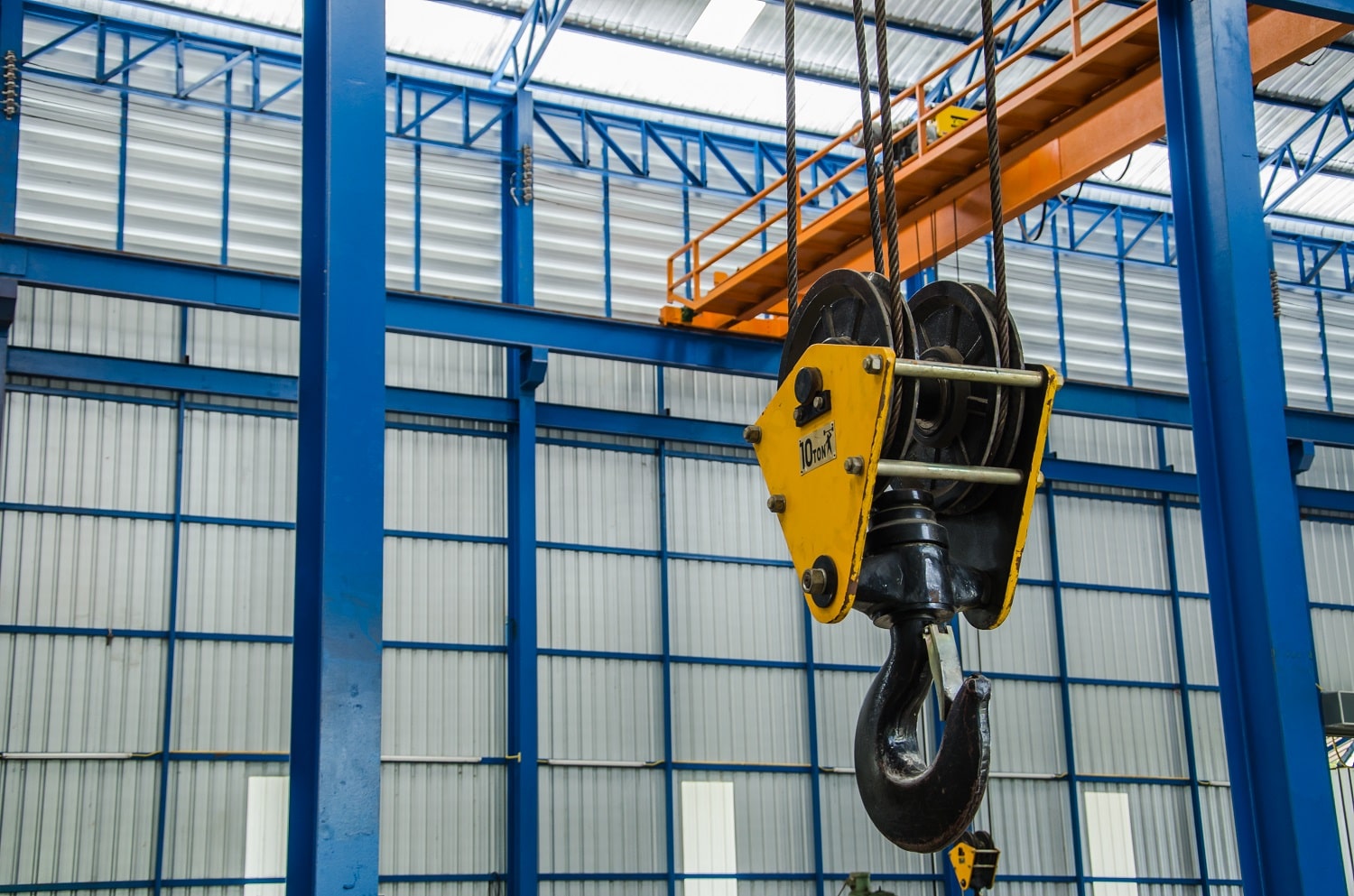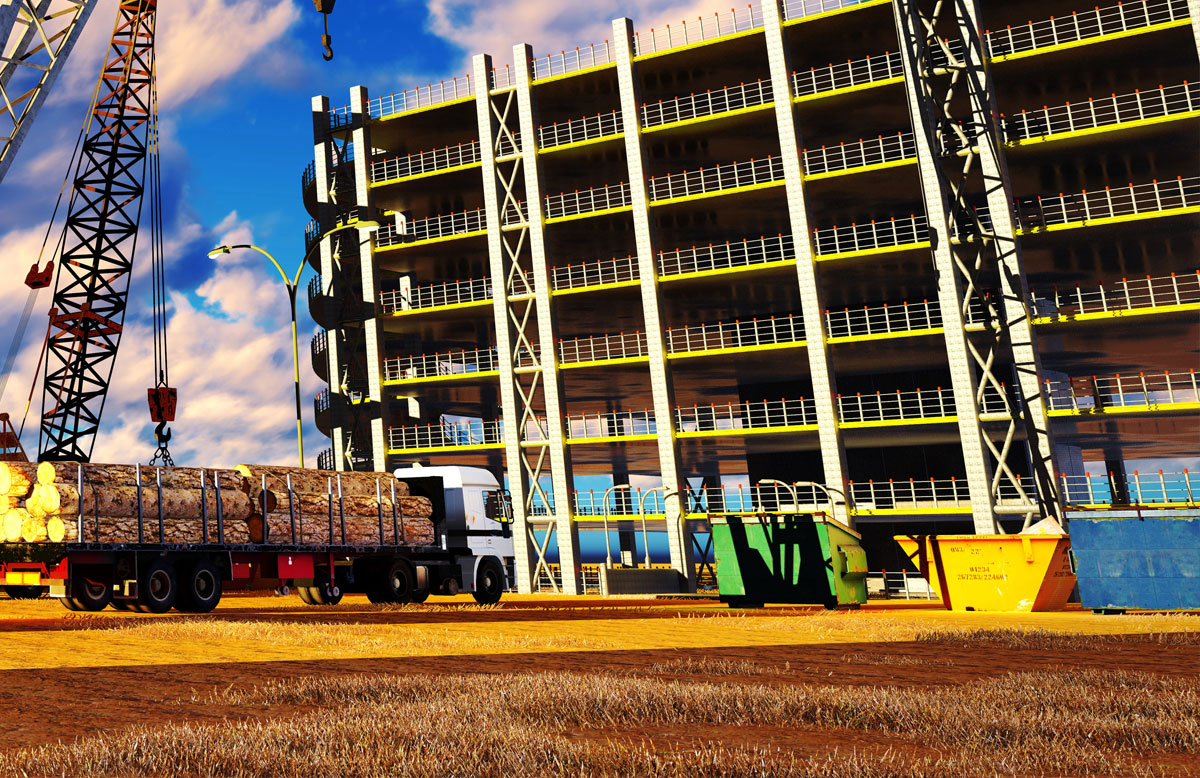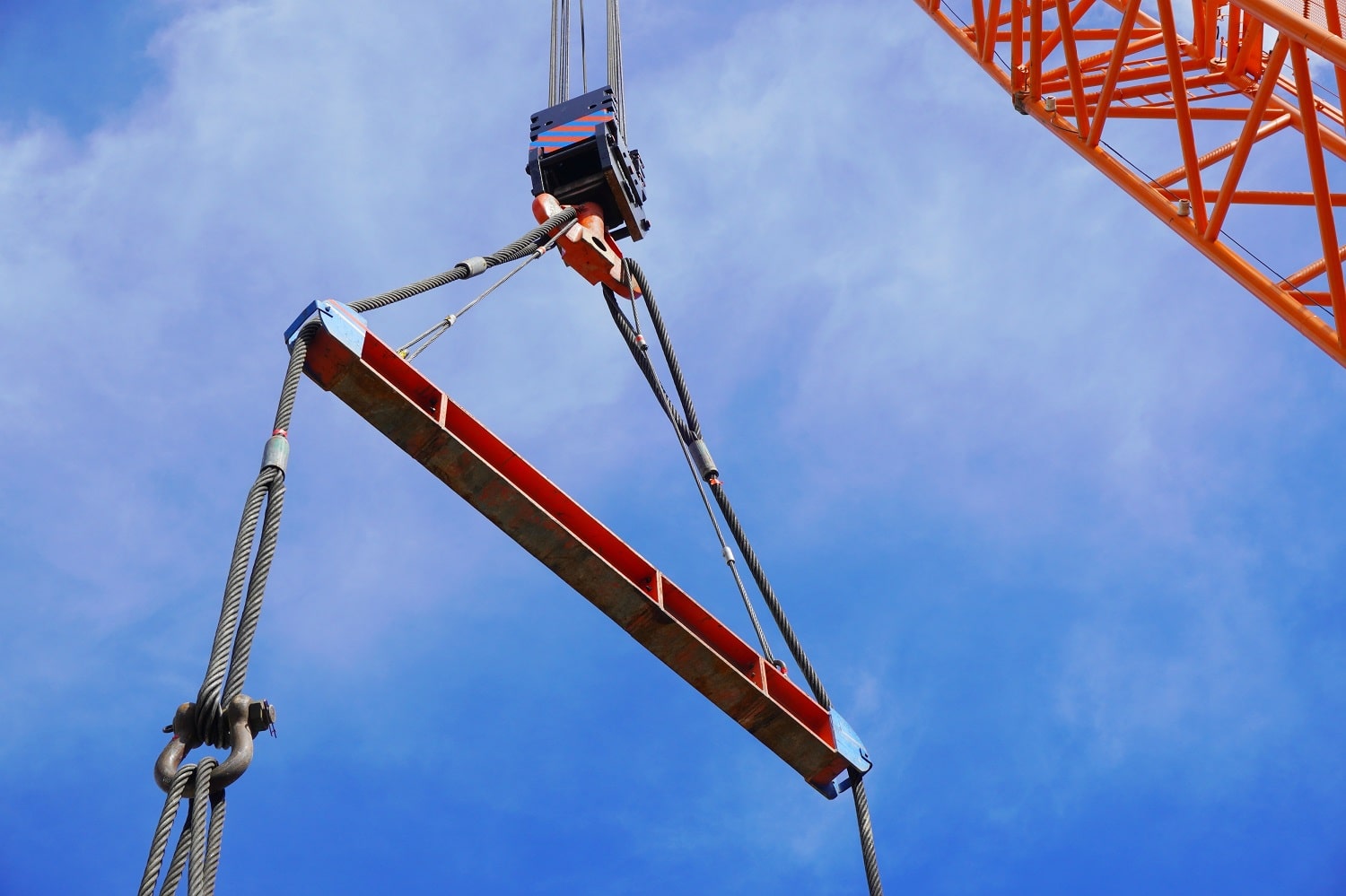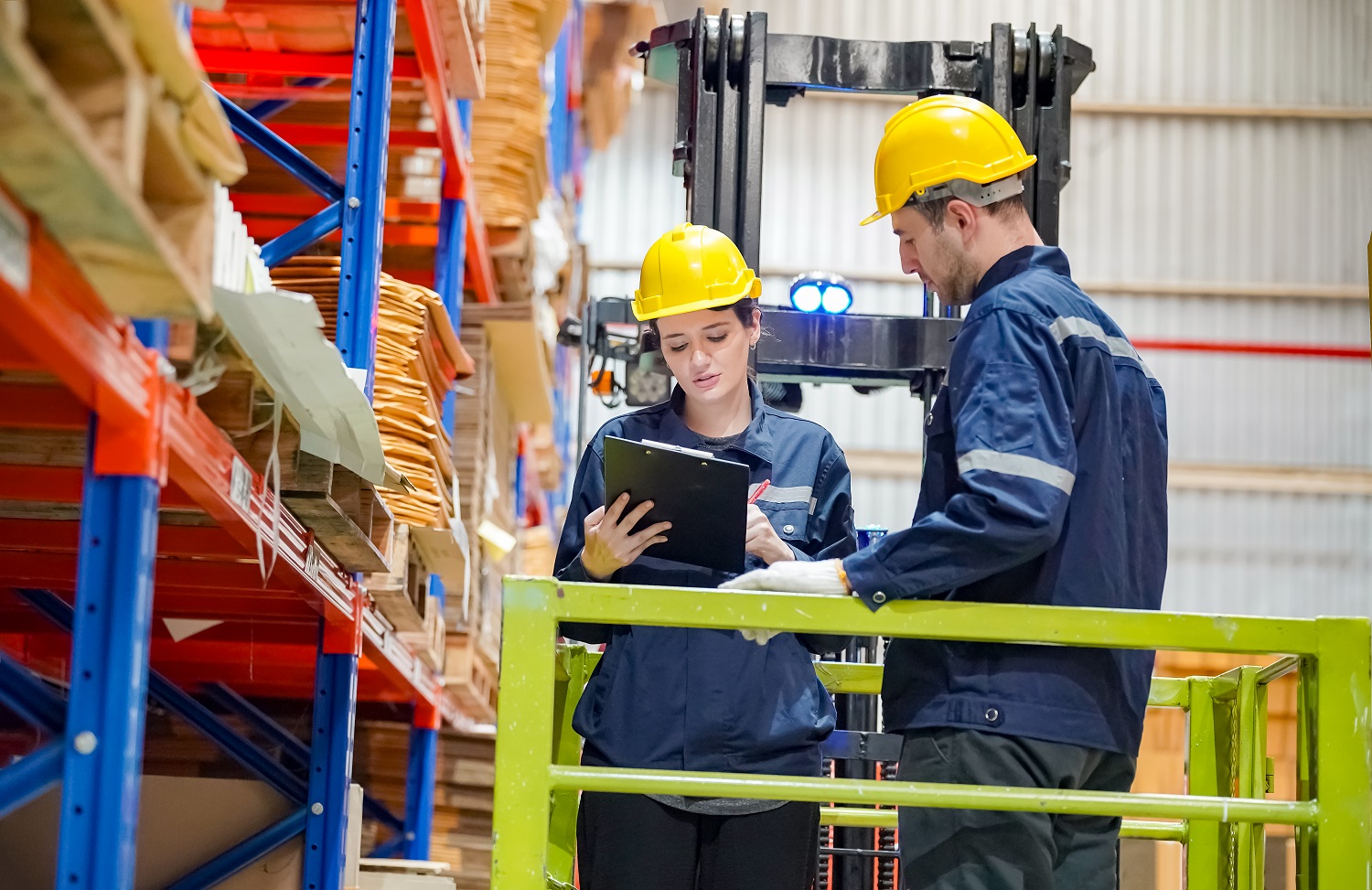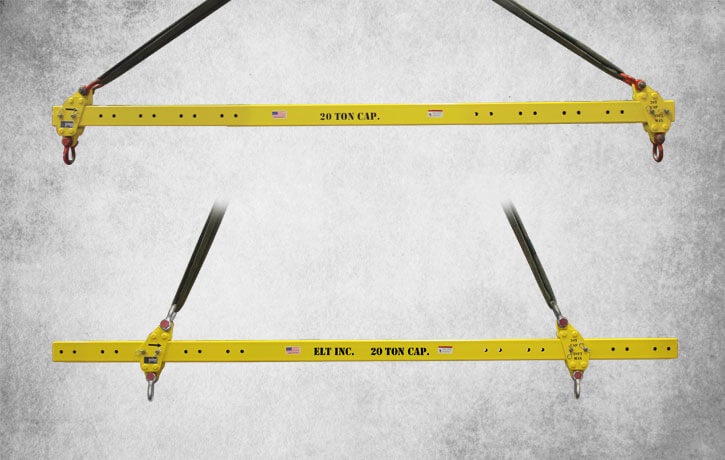What Are The Different Types Of Rigging Chains And Their Grades?
Rigging chains are essential in various industries, particularly for rigging, lifting, towing, and securing heavy loads. Understanding the different grades of chains is crucial for your business to operate both efficiently and safely. Below we’ll walk through a comprehensive overview of the different types of rigging chains:
What is Chain Grade?
Chain grades are a crucial aspect of determining a chain’s suitability for various applications, particularly in rigging and lifting. These grades are essentially indicators of the chain’s tensile or breaking strength.
How Chain Grades Are Calculated:
- Fundamentals: The grade of a chain is calculated based on its tensile strength, which is the maximum force it can withstand before breaking. The formula used is Chain Grade = Maximum Tensile Force (Newtons)/Area of Two Cross-Sections of a Single Chain Link (mm^2).
- Tensile Strength: Tensile strength, measured in Newtons, is a key factor. A higher grade means the chain can handle more force without failing.
- Cross-Sectional Area: This refers to the size of the chain links. The grade is inversely proportional to the link size, meaning smaller links can result in a higher grade if they have high tensile strength.
- Strength-to-Weight Ratio: As the grade number increases, the strength-to-weight ratio of the chain also increases. This means that higher-grade chains can handle more weight relative to their weight.
Implications of Chain Grades
- Application Suitability: Different chain grades are suited for different tasks. For example, higher-grade chains are essential for overhead lifting, where failure could result in severe consequences.
- Safety Considerations: It’s important to choose a chain with an appropriate grade for its intended use to ensure safety. Overloading a lower-grade chain can lead to accidents.
- Price and Material: Higher-grade chains are often made of stronger materials and undergo more rigorous manufacturing processes, making them more expensive. The material and treatment directly affect the chain’s grade and its price.
Different Types Of Chains
Carbon Steel Chains
- Grade 30: Known as “Proof Coil,” this is a general-purpose chain with a working load limit (WLL) of 1,300 – 6,900 lbs, used in light construction, agriculture, and the marine industry.
- Grade 43: Stronger than Grade 30 with a WLL of 2,600 – 13,000 lbs, Grade 43 is used for towing, construction, trucking, and as a utility chain.
- Grade 70: The strongest carbon steel chain, with a WLL of 3,150 – 15,800 lbs. It’s heat-treated for wear resistance and commonly used for load securement and towing but not suitable for overhead lifting.
Alloy Steel Chains
- Grade 80: Suitable for overhead lifting and heavy-duty towing, with a WLL of 3,500 – 18,100 lbs. It’s preferred in high-heat environments like steel mills due to higher temperature tempering.
- Grade 100: Offers about 25% higher strength-to-weight ratio than Grade 80, with a WLL of 4,300 – 22,600 lbs. Used in construction, manufacturing, and rigging applications.
- Grade 120: A high-performance chain with unique square links and a higher strength-to-weight ratio than Grade 100. It’s less common and used for demanding overhead lifting applications.
Stainless Steel Chains
- Grade 50: Made of type 316 stainless steel, used in overhead lifting and resistant to heat, rust, chemicals, and saltwater.
- Grade 63: Ideal for chemical exposure environments like food processing due to high resistance to heat, rust, and chemicals.
Safety Standards
Chains must adhere to ASTM, ASME, and OSHA standards. These organizations provide guidelines for manufacturing, testing requirements, and appropriate applications based on chain grades.
- ASTM (American Society for Testing & Materials): ASTM sets comprehensive standards for material properties and testing methods, including for chains. These standards help categorize chains by their strength and suitability for various applications.
- ASME (American Society of Mechanical Engineers): ASME provides guidelines and standards for the safe design and use of mechanical systems, including chain rigging in lifting operations.
- OSHA (Occupational Safety & Health Administration): OSHA sets safety regulations for workplace practices, including the use of chains in lifting and rigging. They recommend specific chain grades for certain applications, emphasizing worker safety.
Common Problems in Chain Usage
- Incorrect Grade Usage
- Overhead Lifting: A frequent issue is using chains not rated for overhead lifting (like Grade 70) in such applications, which can lead to dangerous failures.
- Misidentification: Mistaking one chain grade for another due to similar appearances can lead to inappropriate usage.
- Hoist Load Chain Misuse
Chains designed for hoists are often mistakenly used for lifting applications they’re not rated for, creating a significant safety risk.
- Wear and Tear Negligence
Regular wear can reduce a chain’s strength. Failure to inspect and maintain chains can lead to unexpected breakage.
- Overloading
Exceeding a chain’s working load limit is a common problem, often due to a lack of understanding of the chain’s capabilities.
Safety Precautions and Best Practices
- Proper Training
Ensuring that riggers and users are properly trained on chain grades and their applications is crucial for safety.
- Regular Inspections
Chains should be regularly inspected for signs of wear, damage, or corrosion, and replaced if necessary.
- Adhering to WLL
Always adhere to the working load limit of a chain. Using a safety factor can help ensure loads are within safe limits.
- Understanding Environmental Impact
Exposure to chemicals, extreme temperatures, or harsh environments can affect a chain’s performance. Chains should be selected and maintained with these factors in mind.
- Correct Storage and Handling
Proper storage and handling are essential to prevent damage to chains. Avoid practices that can cause kinks, twists, or bends.
- Using Correct Attachments and Accessories
Ensure that all components used with the chain (hooks, links, etc.) are of compatible grade and strength.
- Legal and Regulatory Compliance
Compliance with OSHA, ASTM, and ASME standards is not only a safety matter but also a legal requirement in many cases.
__________________________________________________________
Understanding the differences in chain grades is vital for selecting the right chain for specific applications. Whether it’s for overhead lifting, towing, or securing loads, choosing the correct grade ensures safety, efficiency, and cost-effectiveness in operations.

